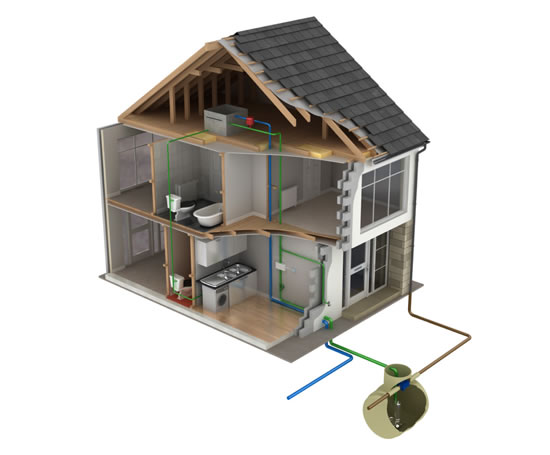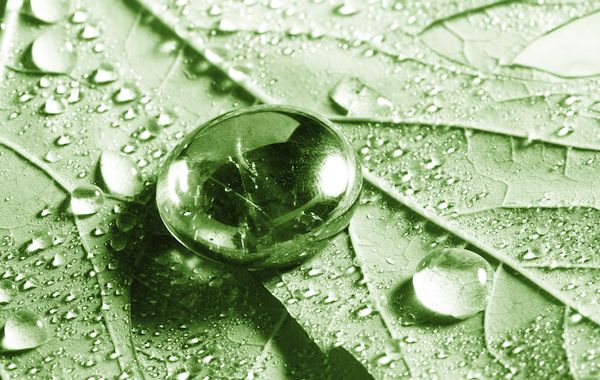Watering harvesting means capturing rain water, where it falls and capture the runoff from, catchment and streams etc. Generally, water harvesting is direct rainwater collection. This collected water could be stored for later use and recharged into the ground water again. Rain is primary water source lakes, ground water and rivers are the secondary water source.

Nowadays we totally depend on secondary water sources, we just forget that rains are the source, which feeds all other secondary sources. So, water harvesting means we recognize the rain’ value and try to use the rain water, where it falls.
How can You Harvest Water

You can harvest rainwater at your home by the below mentioned method:
Capture runoff from rooftop
Do you have any idea? that about 60,000 gallons water runoff from your roofs and goes into street, streams and then in sea water. This water is getting cleaned, filtered and provided you on payment. Why don’t you eliminate this process? You just install water harvesting system in your home and use this runoff water.
Before you capture rainwater at your home successfully, keeping the following things in your mind:
How Much & Which Quality Water You Need
You need only a few litter water drink , drinking and cooking water must be potable, whereas, laundry water should be impurities less and gray water for growing vegetables and fruits.
How to Harvest Rain Water
Rainwater could be easily collected in plastic tanks. They are easy to install and handle. They are comparatively cheap from underground tanks, but definitely take up space. For harvesting rain water you first calculate the possible rain, you can do this by getting information from Meteorological Bureau of your area. They would give you information about the average rainfall during whole month.
For instance if you have 600mm rains every year and the area of your roof is 200 square meters, and you are interested to catch the whole area for one month storage. Your tank volume must be 10,000 liters. This quantity of water will give 10,000/30 about 33 liters water per day.
How Much Experience You Need
You all can do this work easily, without any kind of experience. You would be needed only a qualified electrician to fix the electrics and a plumber for sewage purpose. Of course, for working at heights and making connections one needs good safety practices.
Be Careful about the following things:
1. Your water should not seep on the public roadway, or on the property of your neighbor.
2. Water gets wasted by evaporation, so proper arrangement should be done.
3. Regular maintenance is must.
4. Never let the gutters block, leaf-guard is best, but it is expensive.
5. In-line-leaf is good, but they need proper and regular cleaning.
6. Your tank must be mosquito free.
7. If you want to drink rain water, then, keep in mind that your roof should not be zinc-alum, because aluminum is dangerous for you.
8. You should be aware of birds and animal droppings.
9. It must be pollution free.
Benefits of Water Harvesting:
1. It can be used for drinking.
2. It could be utilized for irrigation purposes.
3. This water increases the underwater level.
4. It keeps you urban flood.
5. Reduce sea water entrance in coastal areas.
References:
http://en.wikipedia.org/wiki/Rainwater_harvesting





